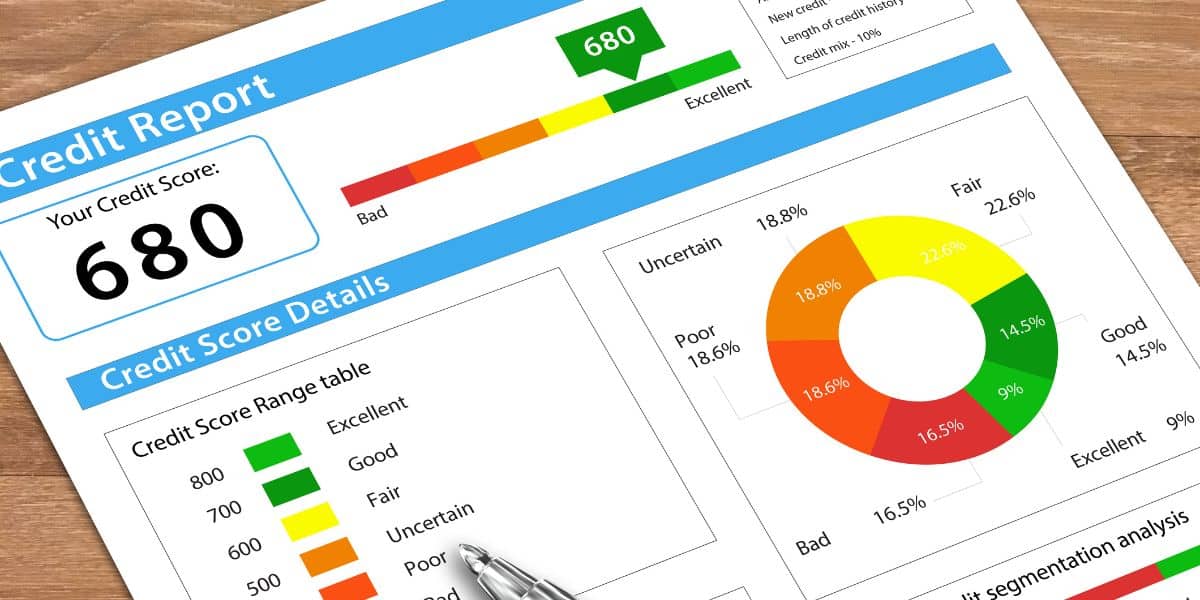What is mortgage underwriting?
The underwriting process is used by lenders to decide whether or not to approve your application.
Before underwriting your application, a loan agent or broker will collect credit and financial data. Mortgage underwriting departments at lenders verify your identity and credit history, and evaluate your financial status, including income, cash reserves and investments.
Fannie Mae, Freddie Mac and other government-sponsored organizations that buy and support mortgages on the secondary market are closely followed by many lenders.
What is the role of a mortgage underwriter?
The job of a mortgage underwriter is to determine how much risk a lender will assume if your loan is approved. The underwriter will evaluate your financial situation and determine whether you are likely to repay the loan in a timely manner.
A mortgage underwriter will:
- Examine your credit history. Investigate your credit report, score, and payment history.
- Examine your finances. Lenders base their financing decisions on certain guidelines. Fannie Mae, for example, requires that borrowers meet certain criteria, including a maximum ratio of loan-to value (LTV) and a minimum credit score of 620, as well as a maximum ratio of debt-to income (DTI). Lenders may add their own criteria to these. The lender will also consider your specific financial situation. It may look at your financial reserves, such as investments, savings or assets, or, if you’re buying an income-producing home, whether or not you plan to live in the house with tenants.
- Order an appraisal of your property. Your loan approval is largely based on how much money you want to borrow and the value of the house you are buying. A home valuation will be ordered by an underwriter to determine if the price of the house is reasonable.
- Take a decision. Once all your reports and paperwork is in, the mortgage underwriter can either approve or reject your application.
How long does it take to underwrite a mortgage?
The mortgage underwriting can take anywhere between a couple of days and a few weeks. The time frame varies based on the amount of information the underwriter requires from you, the speed at which the lender works and the efficiency with which they operate.
The underwriter’s process is also important. Automated underwriting can be completed quicker than manual evaluation. However, since the computer does the evaluation, there are some limitations.
It can be easier in these situations to qualify a borrower using a manual system than an automated one. Lenders may use both automated and manual underwriting methods to assess risk.
The mortgage underwriting process is one of many parts that can be time-consuming. This is why closings may take so long. The faster you can compile documents and provide the information requested by the lender, the more smooth and quick the process will be.
Remember that underwriting is only one part of the entire lending process. The entire process should be completed in between 40 and 50 days.
Mortgage Underwriting Process: Steps
1. Pre-approval is a great way to get your application approved.
Mortgage pre approvals are a thorough process of vetting that shows how much money a lender will likely loan you and at what interest rate. Pre Approval does not guarantee a loan, but it is an indication of what you can borrow. You will often need pre approval before you can make an offer on a home.
2. Verification of income, assets and employment
Verification of income, assets and employment is the next step in underwriting. The lender’s underwriter will check your credit, financial status and employment to ensure you can repay the loan. For verification, you’ll be asked to provide documents like W-2s or pay stubs. You may be required to submit additional documents, such as a profit and loss statement if you are self-employed.
3. Appraisal
A certified appraiser will conduct an appraisal to determine the value of a property. The appraiser will make sure that the amount of money you borrow is appropriate for the value you are buying. You can negotiate the price with the seller if the value of the house is less than the amount you want to borrow. But, most likely, you will have to pay for the difference yourself. You may need to leave the deal in some cases and start the mortgage application process again with a different lender or a new loan.

4. Title insurance and title searches
A lender will not lend money to a home that has legal claims against it. A title company will perform a title search in order to ensure that the property is transferable.
Title companies will investigate the history of the property, searching for mortgages and claims. They may also look at liens or easement rights. You have several options if a problem arises during the title search. You can ask the seller to fix it before the closing date, or request compensation from the seller.
Title insurers then issue a title insurance policy to guarantee the accuracy of their research. Two policies may be issued in some cases: one for the lender and another to cover the property owner.
5. Underwriting decision
After the underwriter has approved your loan, and the appraiser and title search have been completed, you can proceed with the closing of the property.
You might be given one of the following decisions if things don’t work out as planned:
- If you are denied a mortgage, find out why the lender has refused your application before moving forward. If the lender believes you have too much credit card debt, you may be able lower your DTI by paying off the balances on your cards and reapplying.
- Suspended: Your file may be missing certain documents. If the underwriter could not verify your income or employment, for instance, then your application may be suspended. You can ask the lender if you can reactivate it by providing additional information.
- Conditional Approval : This is a conditional approval . It means that your loan has been approved but there are still outstanding conditions, like obtaining homeowners insurance. You should be able to close your loan once you have provided proof of the missing items.
Your home purchase is almost complete once you have cleared any conditions and received your mortgage approval. Closing day is the final step, where you pay your seller and the lender pays you. The final step is to sign the final documents and pay any closing costs. You will then receive your keys and the property title.
Tips to ensure a smooth underwriting process for mortgages
There are ways to make the mortgage underwriting process go more smoothly.
1. Organize your documents
To keep the mortgage underwriting on track, you should have your financial records organized before applying for a loan.
When you apply, try to prepare the following:
- Employer information for the last two years.
- The W-2s for the last two years
- You must have pay stubs for at least 30-60 days before you apply.
- Information about your account, including information on checking, savings, CDs, money markets, retirement accounts, and investment accounts
- Information on additional income, including alimony, child support, annuities or commissions; dividends, interest or overtime payments; pensions or Social Security payments

2. Your credit score in shape
If you have a lower credit score, it can be more difficult to obtain a mortgage and your loan will cost more with a high interest rate.
Improve your creditworthiness by:
- Paying down existing debts
- Applying for new loans is not a good idea
- Improve your debt-to income ratio (aim for 36 percent or lower)
- Checking and disputing errors on your credit report
3. Increase your down payment
Mortgage underwriters also take into account the LTV of your deal. This is the amount you borrow, or the loan principal divided by the value of the property. If the LTV ratio is higher, the lender may lose more money in the event of a default.
By making a large down payment, you can lower your LTV. The greater the down payment, the more likely you are to qualify.
Asking family and friends to help with a downpayment is not a bad idea. It can be done as a gift or personal loan. Also, you can look into down payment assistance programs that might be available to you. You can also automate a portion of your income into a savings or high-yield account. You could also borrow from your 401(k)., or make an IRA withdrawal. There are special provisions to use funds for home buying.
4. Honesty about your financial history
Underwriters will look at your credit history and report, so do not lie in your mortgage application. Tell the lender if you have any negative marks on your credit history, such as a missed payment. If you had to deal with an extenuating circumstance and made the payment later, your lender may be more forgiving.



